Of all the art terms thrown around today, none is more confusing and enigmatic than the classification of “contemporary art.” In simplest terms, it is used as a catch-all term to describe art that is made during the present times. However, think about it a bit deeper and you will immediately start to question how straightforward the term really is. “When does the contemporary era start?” “Does that mean that every artwork made today can be classified as ‘contemporary?’” “Will I ever be cool enough to understand how any of this works?” Fret not, dear reader, your friends at balthasart are here to demystify it all!
History of contemporary art
Let’s get one thing straight from the start: modern and contemporary art are not the same thing! The two eras are often confused because of how close the meanings of the words “contemporary” and “modern” are outside of the art world. However, when it comes to talking about art it can be tricky. Modern and contemporary, in art terms, describe two completely different, albeit consecutive, eras of creativity. Modern art set the groundwork for what would become the ideas and values that dominate our contemporary scene today. The “modern” era of art can be traced back to the 19th century, when artists started to pull away from the hardened establishment and traditions of what was considered art before. Artists during this period challenged the conventions of the art world by creating art that was based on more emotive and expressive aesthetics. These artists were slowly pulling away from depicting more traditional narratives in favor of more and more emotive inspiration and abstraction. Technically, we closed the page on the modern era in the 1970’s.
By the time that we arrive in the “contemporary” era, artists have been experimenting with many new mediums of art. They worked based on their predecessors in the modern era, who laid the foundation for their current styles. A philosophical school of thought known as “postmodernism” (we know, they really weren’t being creative with these names) also became super popular. This influenced the state of mind and thinking for many artists. The signature of the postmodernists was to question everything about society and humanity. They aimed to challenge the conventions and traditions that have created our world. With this in mind, contemporary artists created and still create works based on pushing these boundaries by employing a dynamic mix of materials, concepts, techniques, and subjects to challenge the legacy of the art of old. With such diversity in styles and ideas, this is why contemporary art is hard to pin down as a concept.
What makes an artwork contemporary?
Now that we’ve uncovered a bit of history on the topic and demystified the term a bit, let’s now get to what makes an artwork or artist “contemporary.” As we alluded to before, contemporary art is not always aligned in terms of style. It is always challenging conventions. If that is the case, then where is the consistent theme that aligns the art in this period? The main factors are the changing of the subject of the work, and constant experimentation. With contemporary art, the subject has changed from the viewer being a mere observer to the piece to in fact becoming a subject who interacts with the piece. Secondly, this idea of art is constantly changing and expanding. This is due to contemporary artists seeking new ways to redefine what art can be. This may all sound kind of confusing right now, but we will now break down some of the main tropes of contemporary art!
Pop Art
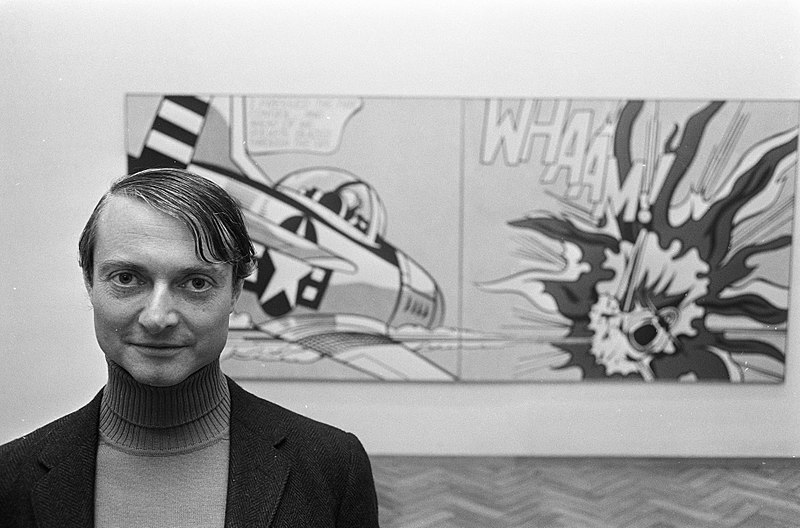
This was one of the first forms of contemporary art that really exploded onto the world stage in the 1950’s to 1970’s. This was a form of art popularized by artists like Andy Warhol and Roy Lichtenstein. They made art inspired by and out of commercial products. The goal was to take things in mass media, products and popular culture and turn them into something that would be considered art.
Conceptualism
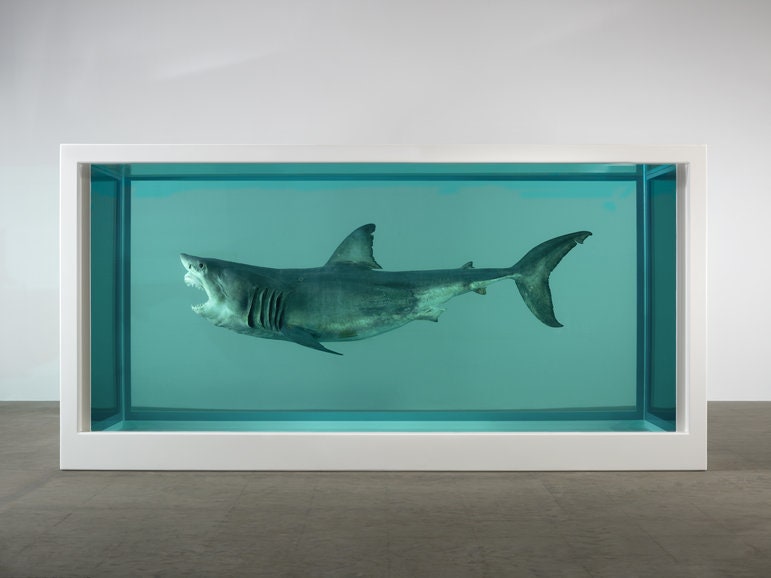
As pop art wanted to look at commodities as art, the idea with conceptualism is exactly the opposite! The art itself is not the end-all-be-all of the piece. Rather the idea or concept behind the artwork that the artist dreams of. Major conceptual artists include Damien Hirst, Jenny Holzer and Sebastien Preschoux. These works can be anything or any medium that the artist can think of. Usually the works are created by a team and not just the artist themselves.
Performance Art
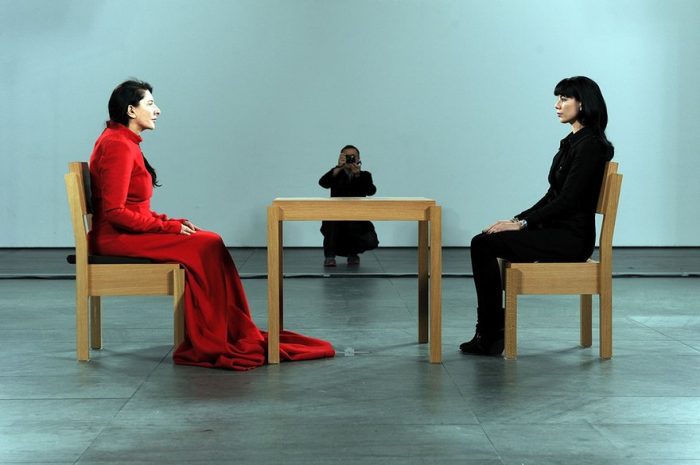
Many liken performance art as a form of conceptual art, and there are many reasons to think this! Performance art is a dramatic approach to art. The artist does a performance that usually involves audience participation, in order to convey a certain idea. This is an interesting art form because it can change depending on who the audience member is and how they interpret and interact with the performance. A great example of a legendary performance artist is Marina Abramović.
Earth and Installation Art
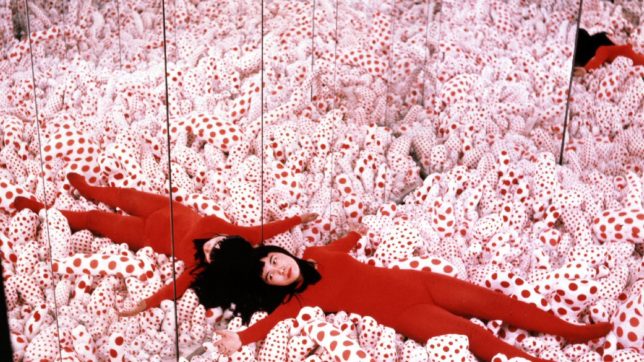
These styles of contemporary art are technically their own categories, but we think that they go well together. Many artists in these categories do both earth art and installations. Earth art involves an artist modifying the natural world in some way to convey their artistic message. Famous examples include Christo and Jeanne-Claude for their works adding large fabrics over huge natural forms. Installation art refers to full experiential art pieces that span an entire room, meant to immerse the audience in the art. A great example of a legendary installation and earth artist is Yayoi Kusama.
Street Art
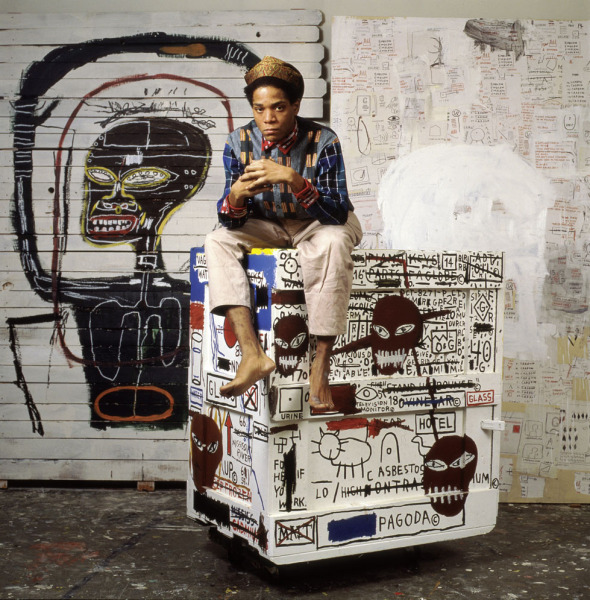
This is one of the most exciting, liberating and accessible forms of art in the world! Fueled by social angst and ready to public message via art, the street art and graffiti scene exploded at the end of the 20th century. The genre has quite the range. They can be illegal drawings on public property, to commissioned and complex murals which add life and dynamism to the building they are on. Popular and legendary street artists include Keith Haring, Jean-Michel Basquiat and Banksy.
Digital Art
This is perhaps the newest and most contemporary genre of the bunch. With advancements in technology has also come the explosion of people using it to make all different forms of art! With tools like computer, tablet and smartphone software, it is possible to create all sorts of different types of works! The possibilities are endless, from drawings, graphic designs, collages and more. These tools have opened up the doors for so many artists in this age to realize their potential and directly create artworks!
What do you think about contemporary art? Where do you think it will head in the future? These are questions that we cannot answer yet, but if this digital revolution continues there is no telling how art will continue to evolve!

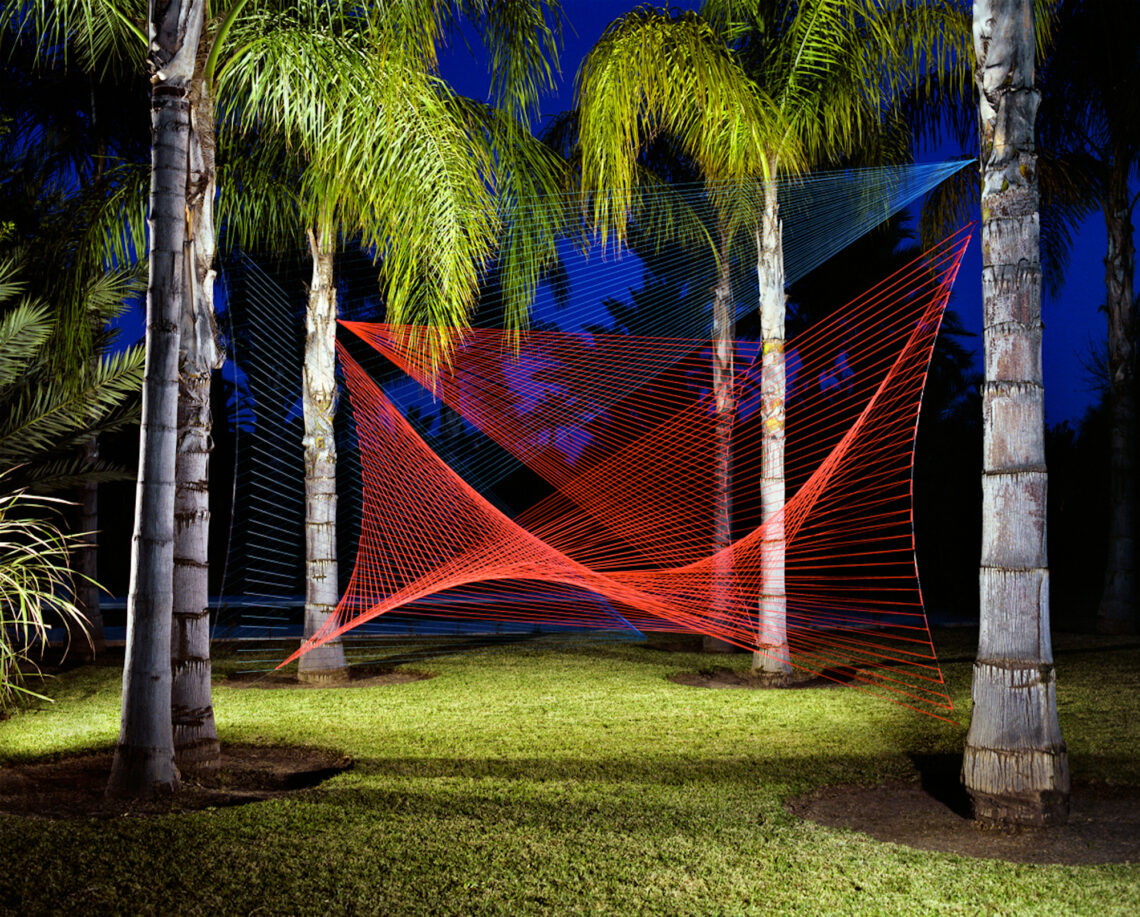



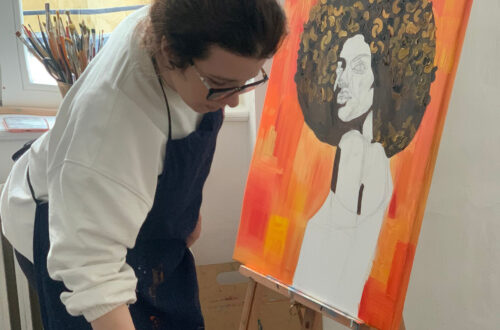
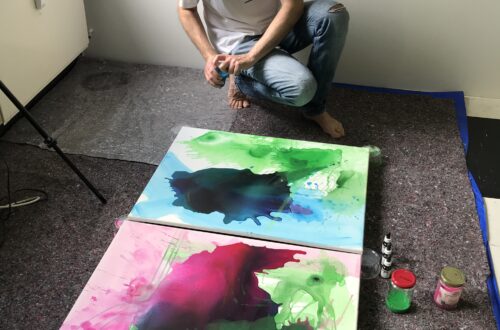

One Comment
Pingback: